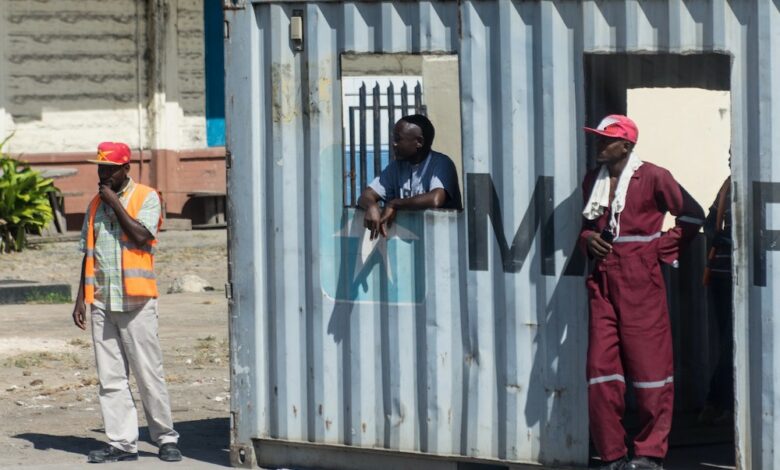Africa emerges as container bright spot

A bright spot for container shipping in a challenging year has been Africa, something experts believe will be spurred on in the coming years by the creation of the African Continental Free Trade Area (AfCFTA), the world’s largest free trade area.
Containerised imports into Africa in the first seven months of this year grew by 10.1% in comparison to the same period in 2019 and by 6.7% compared to the historically high 2022, according to Maersk Broker. The main driver of this increase has been the trade from Asia into the African west coast. The trade volume on this tradelande has grown by 20.9% compared to last year. Volumes from the Middle East and South America into West Africa have also contributed to the increase.
Such growth trends are also visible in the deployment on the Asia – West Africa trade, where the deployed tonnage in October this year has grown by 22.3% in teu terms compared to the same period of 2022, according to data from Maersk Broker.
According to data from Container Trade Statistics, the Asia-Africa market is the strongest growing ex-Asia market in 2023, having seen August 2023 year-to-date, year-on-year volume growth of 19.6%, far better than the global contraction of -3.3%.
However, the Asia-Africa trade only accounts for 3.2% of the global deepsea volumes in 2023 year-to-date, compared to the 17.9% market share of Asia-North America or 14.7% of Asia-Europe.

“Since most parts of Africa are experiencing rapid urbanisation, we expect the demand for building materials, electronics, furniture and other containerised goods to continue increasing,” stated the latest weekly container report from Maersk Broker.
Of all the trade lanes tracked by UK consultancy Maritime Strategies International (MSI) it is the Asia to Africa route that has experienced the strongest growth this year.
Describing the growth merely as “okay”, Lars Jensen, CEO of container advisory Vespucci Maritime, suggested the numbers were not that remarkable.
The latest data from CTS shows that Far East to Africa has grown 15% since 2019 which equals 3.5% average annual growth, Jensen pointed out.
“This is a trade which grew almost 7% in 2019 before the pandemic, hence okay growth but in essence just playing catch-up to the pre-pandemic growth trajectory,” Jensen told Splash.
“The Asia-Africa trade is a challenging trade to serve, and has continually been suffering from high vessel delays and poor schedule reliability, and a very high degree of disruptions and exception handling,” commented Alan Murphy, the CEO of Danish liner consultancy Sea-Intelligence.
“At times, the service disruptions – vessel delays, blank sailings, port swaps, omit calls, inducement calls, constant vessel phase in/out – are so severe, that the trade often appears to be less liner shipping, and more akin to tramp shipping,” Murphy said.
Looking ahead, Jan Hoffmann, head of the trade logistics branch at the United Nations Conference on Trade and Development (UNCTAD), said the creation of a continent-wide free trade area would be a boon for shipping.
“By order of magnitude of the economic potential, Africa is comparable to China, India, or the EU. However, its economies are separated by 108 bilateral borders. It is here where the AfCFTA provides a double opportunity,” Hoffmann told Splash, arguing that the new free trade area should lead to more demand for intra-continental trade, as well as allowing for more cross-border investment and supply of transport and logistics services to serve this growing trade.
The AfCFTA can also help with making ports more attractive for international liner companies, Hoffmann suggested.
Remarkably today, according to data from UNCTAD, an estimated 35% of African trade with the rest of the world passes through just one port – Morocco’s Tanger Med, which is connected to about 40 African ports.
“The existing African ports need to raise their productivity, the ports’ infrastructures need serious upgrades as cascading of larger vessels will require deeper channels, larger turning basins, stronger quaysides, and more productive equipment,” commented Splash columnist Kris Kosmala, urging for more greenfield sites to be developed.
Data from Sea-Intelligence shows many African destinations having in Q3 this year among the largest percentage increase in their connectivity compared to the same quarter last year with Ivory Coast leading the way, doubling year-on-year.

